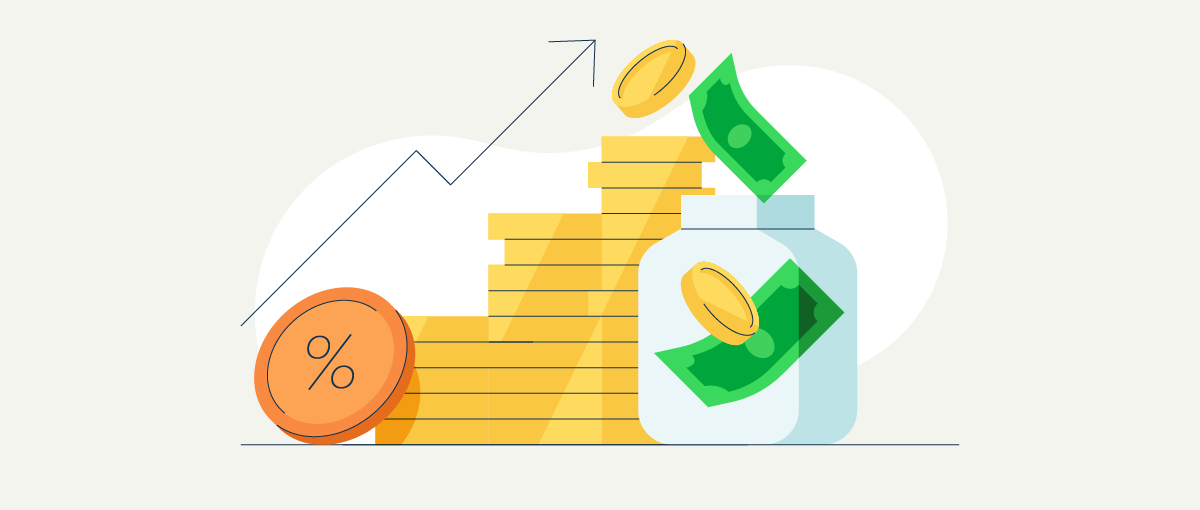Running a small business comes with its own set of challenges, but offering a solid retirement plan shouldn’t be one of them. Providing different types of 401(k) plans helps your employees secure their financial future and helps boost employee retention and satisfaction in your business. Plus, it’s a powerful way to attract top talent.
Whether you're just starting or looking to enhance your employee benefits, understanding how a 401(k) plan works is essential for small business employers. Offering a 401(k) can help attract talent, support employee retention, and provide valuable retirement savings options. Learn how to set up a 401(k and how it can benefit both you and your employees.
Jump to:


















